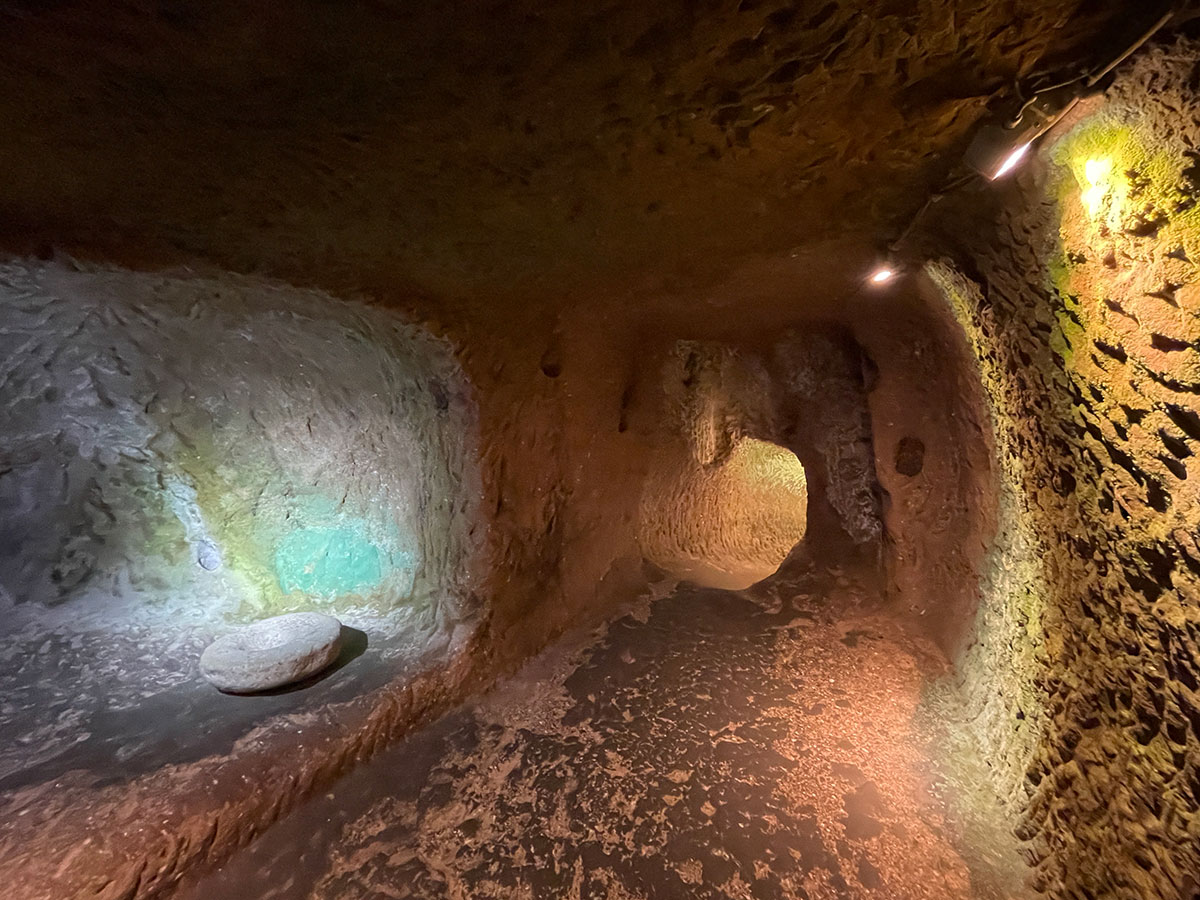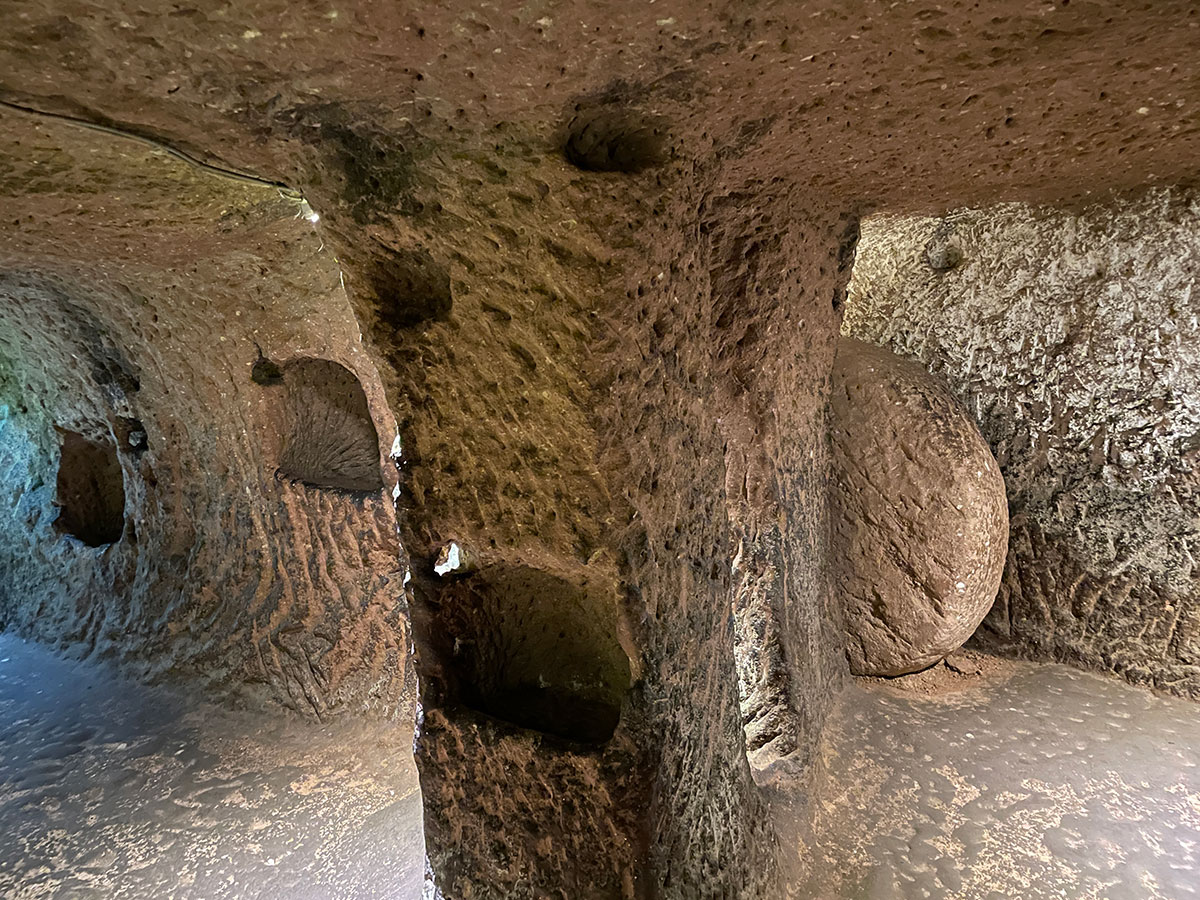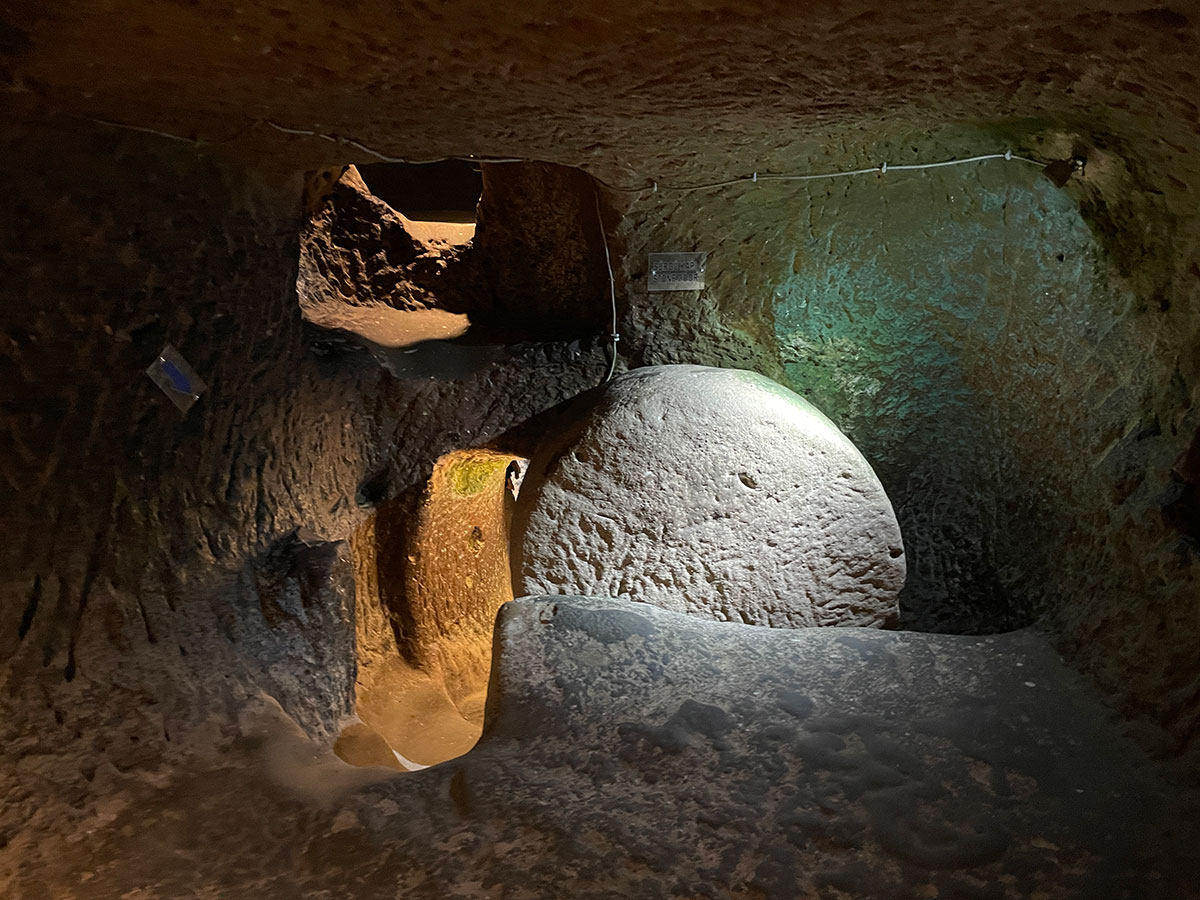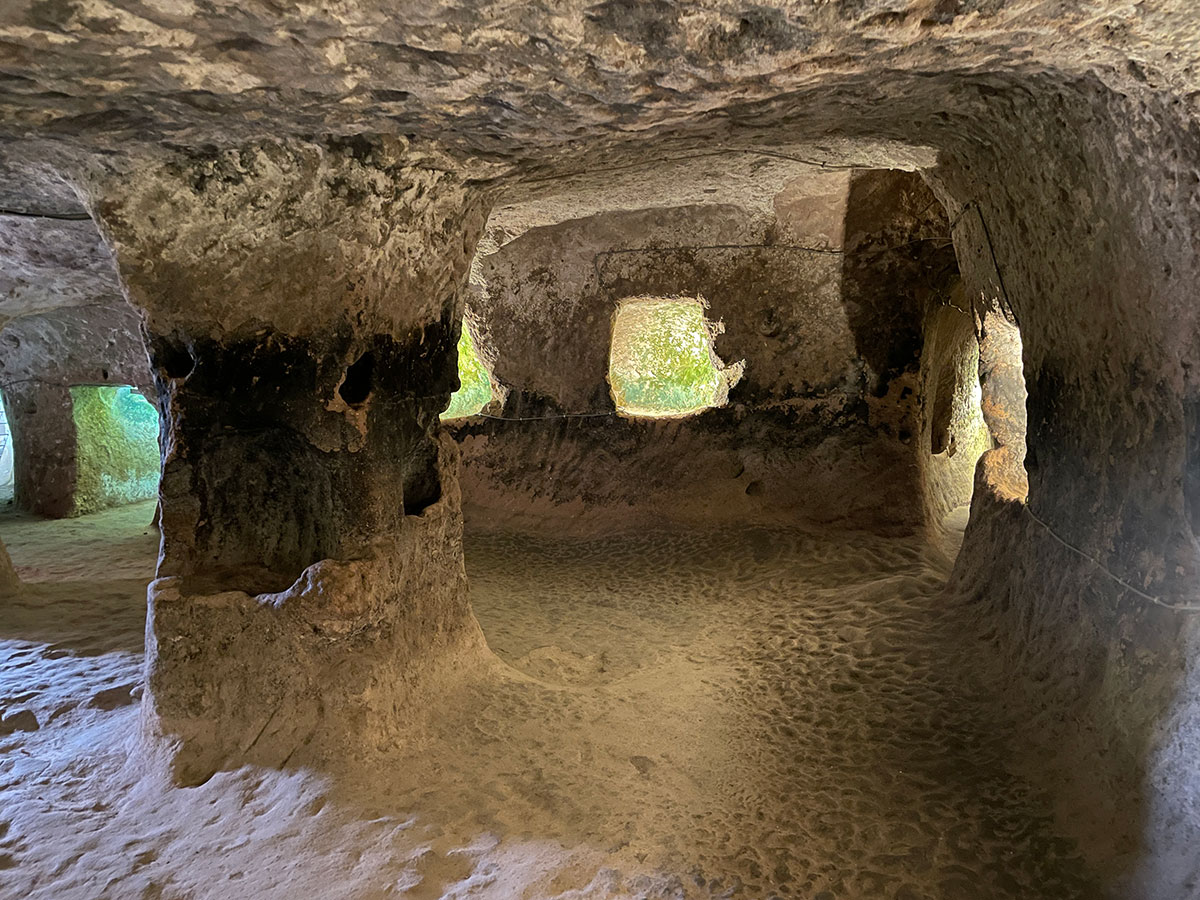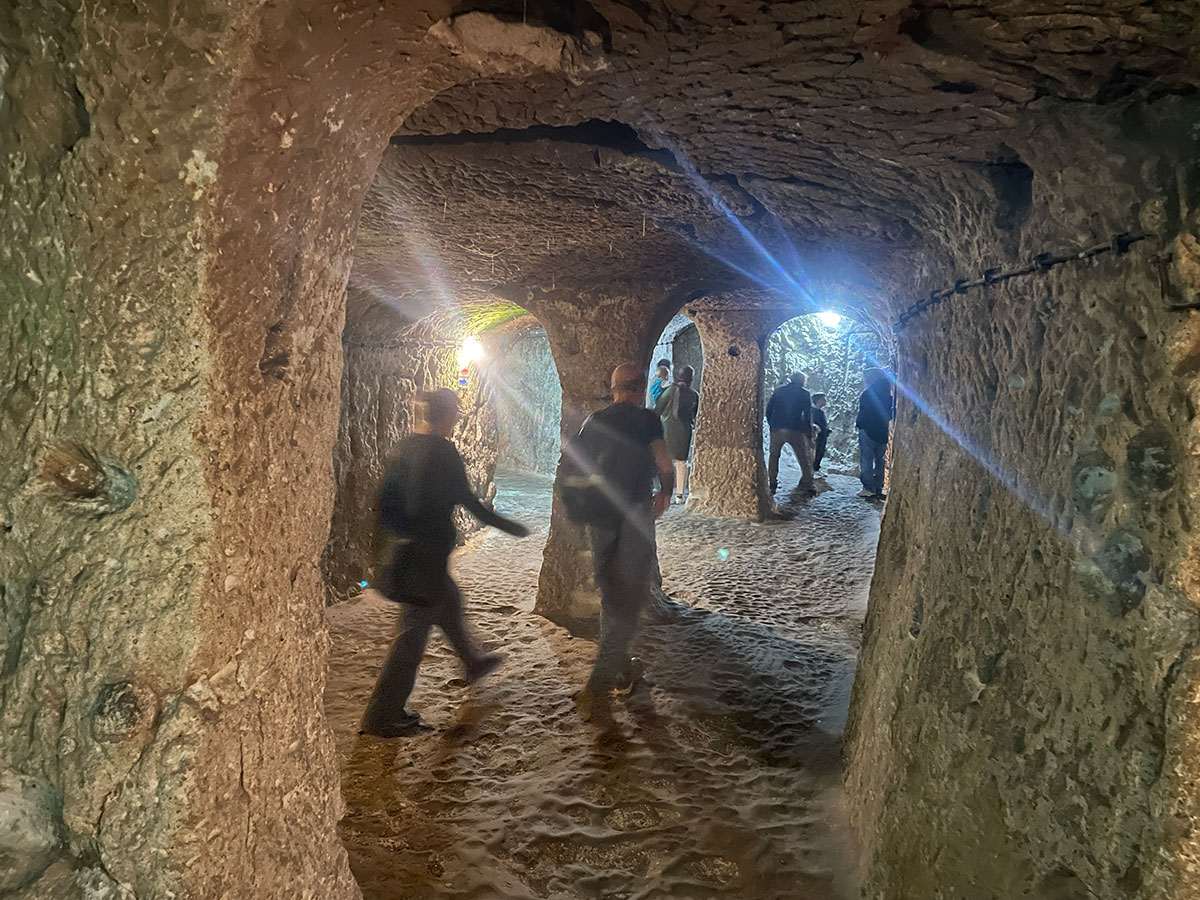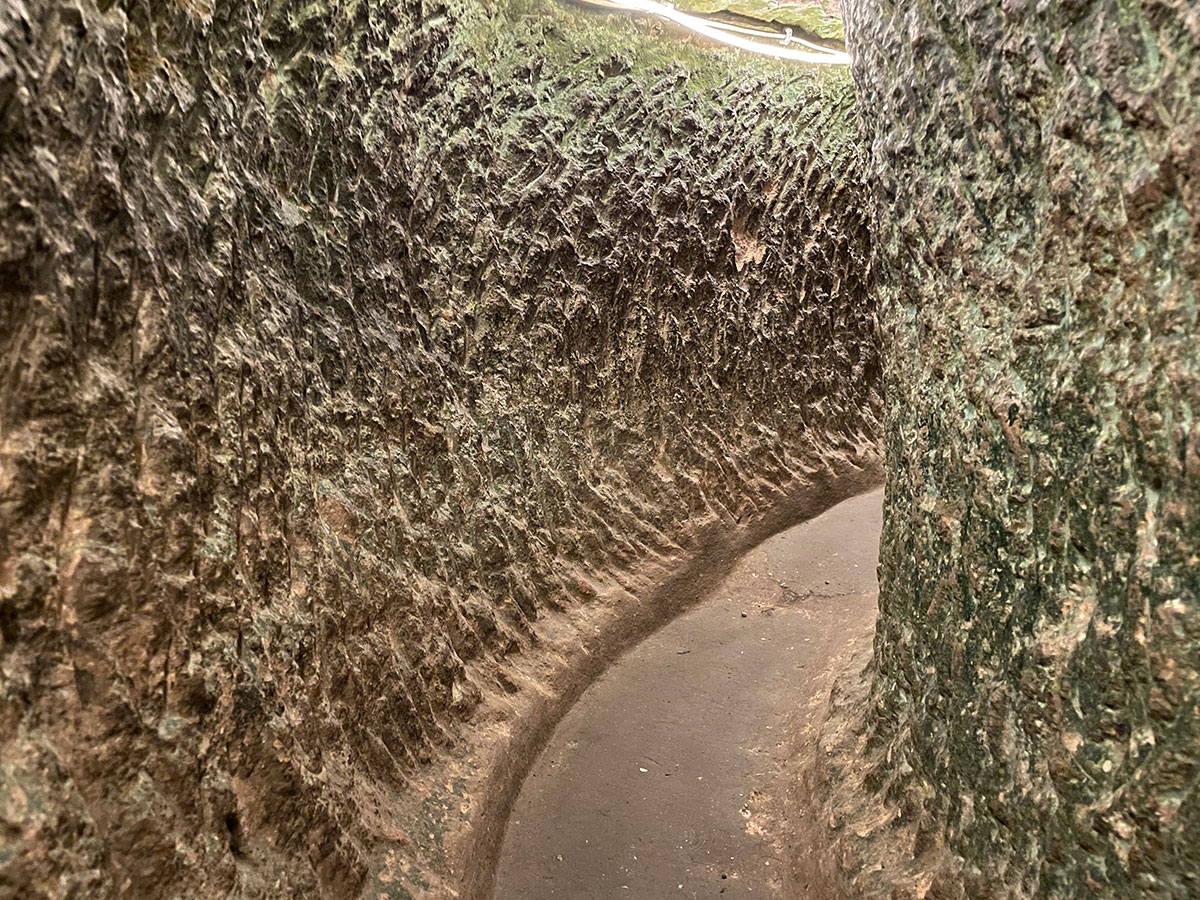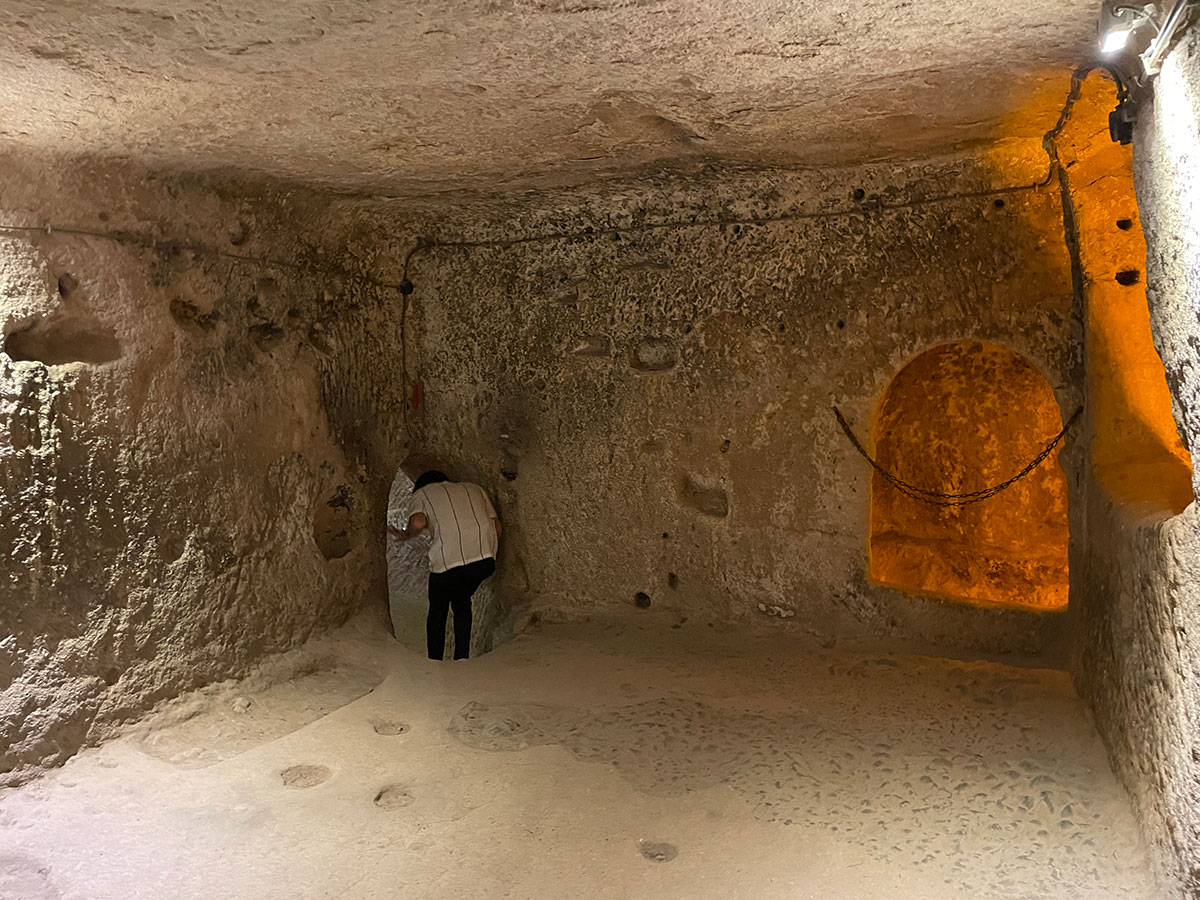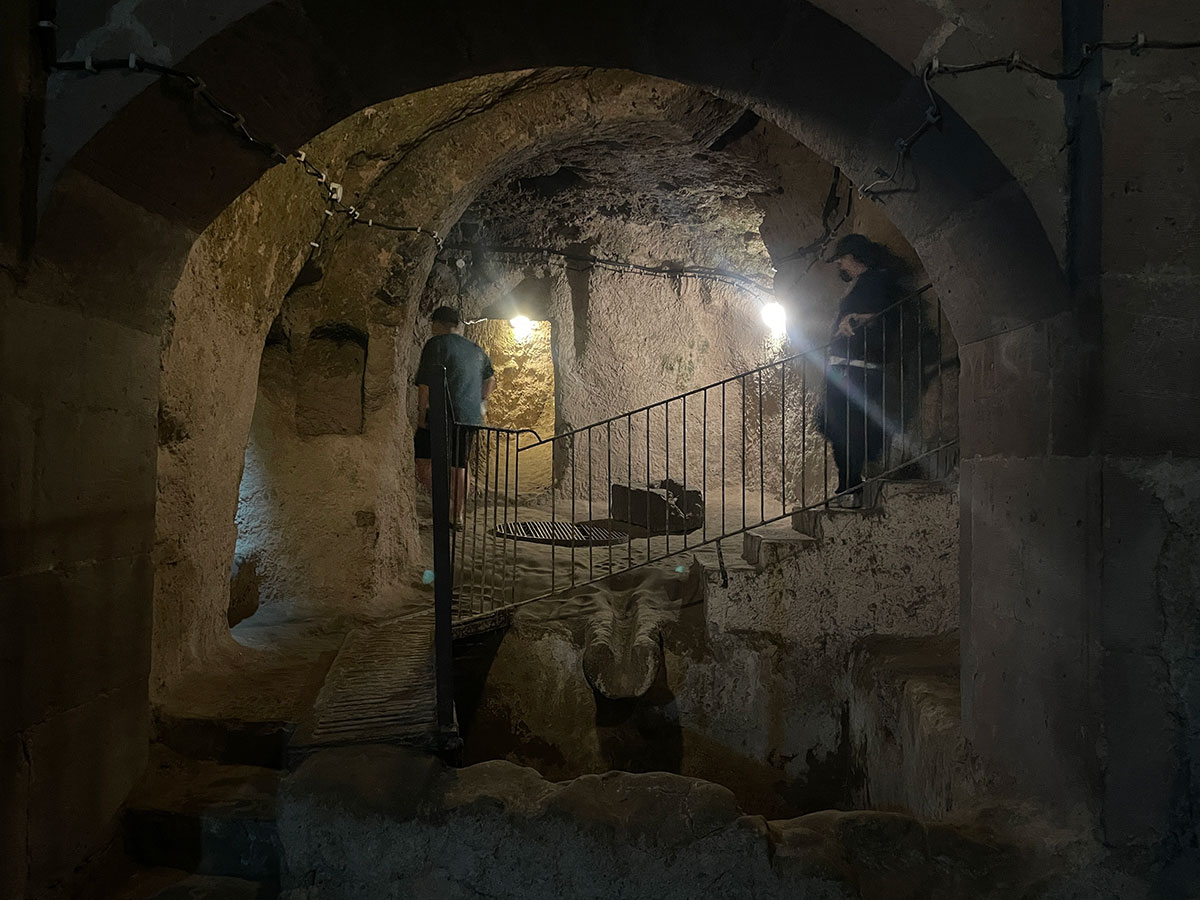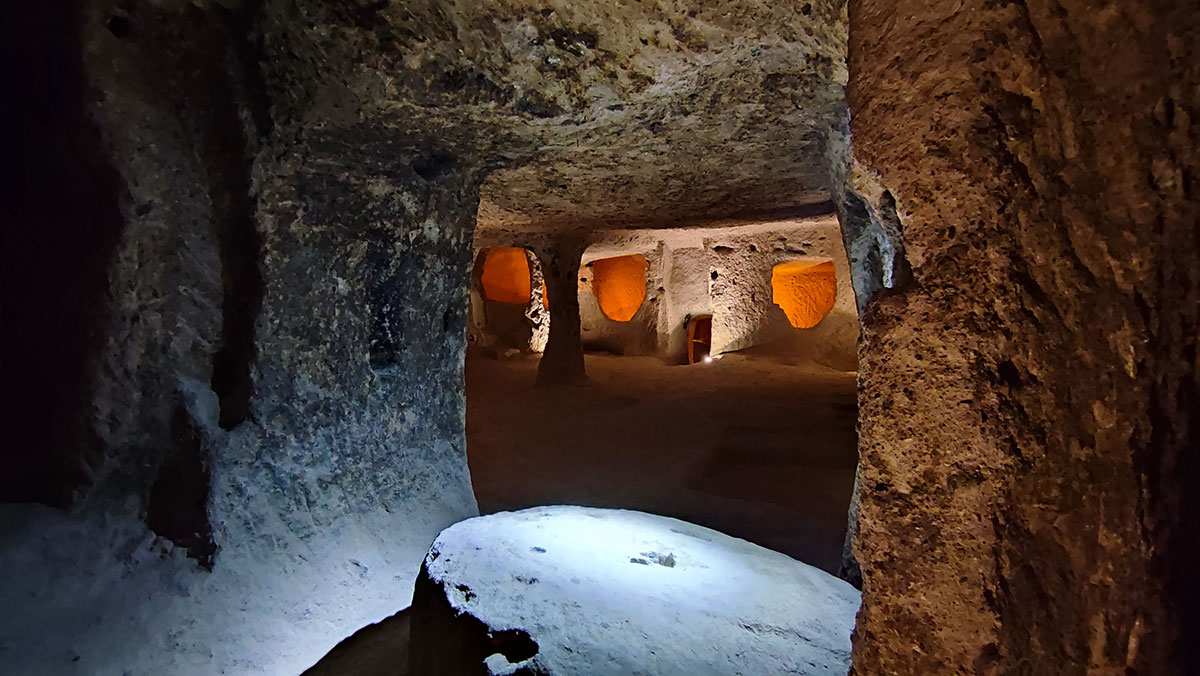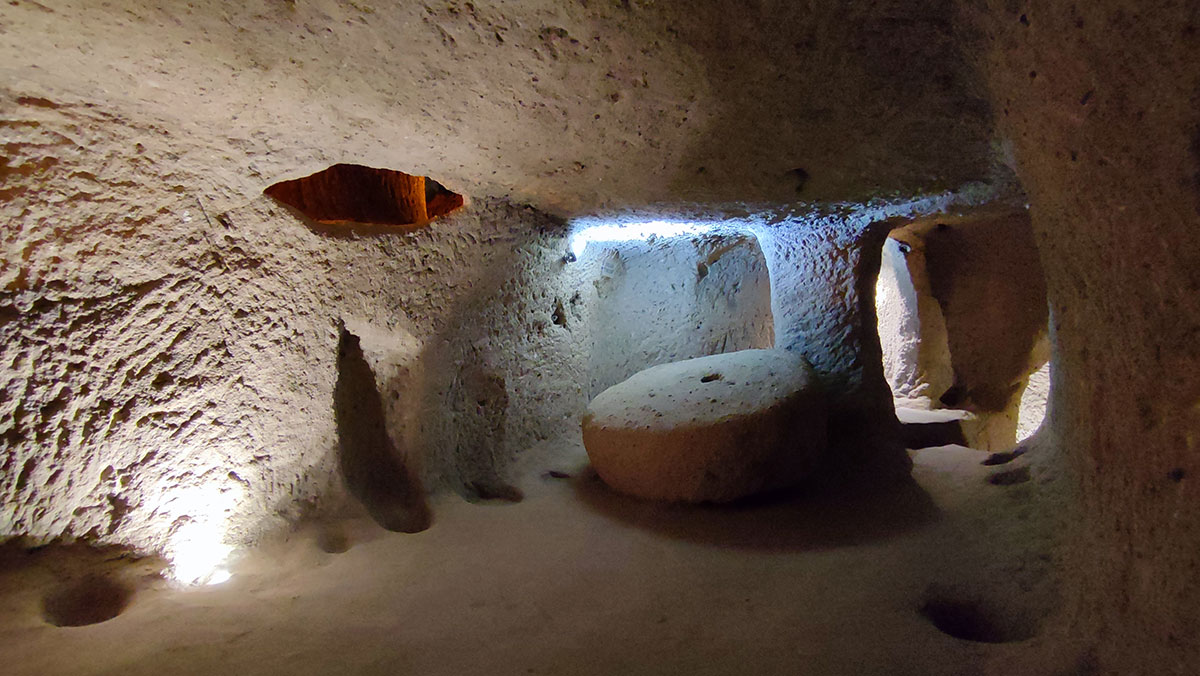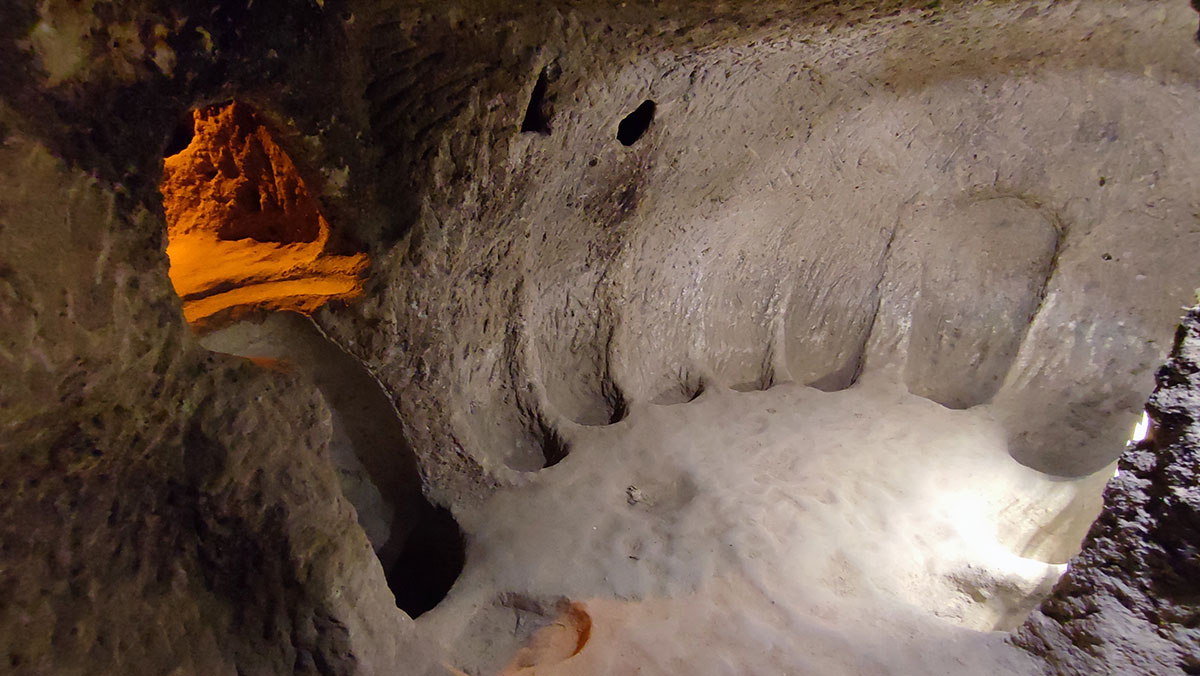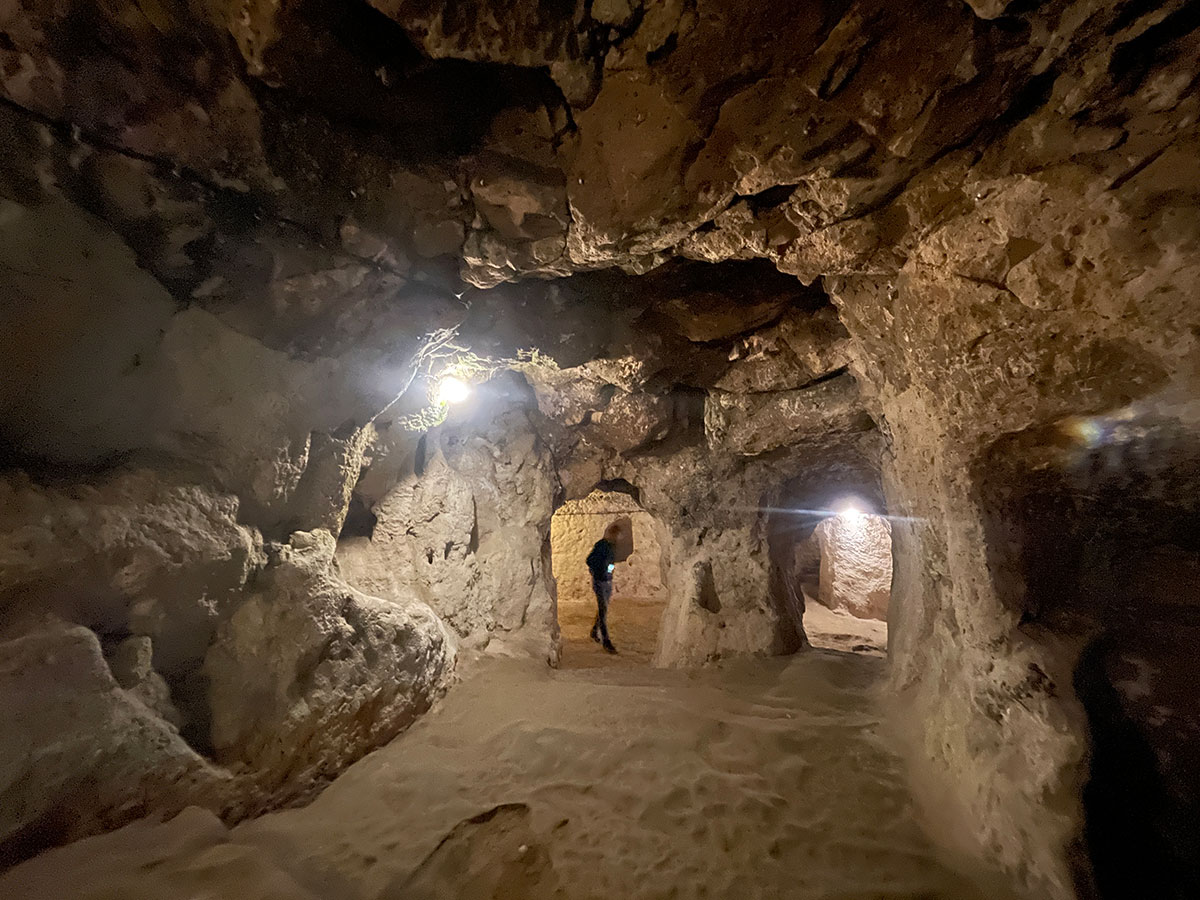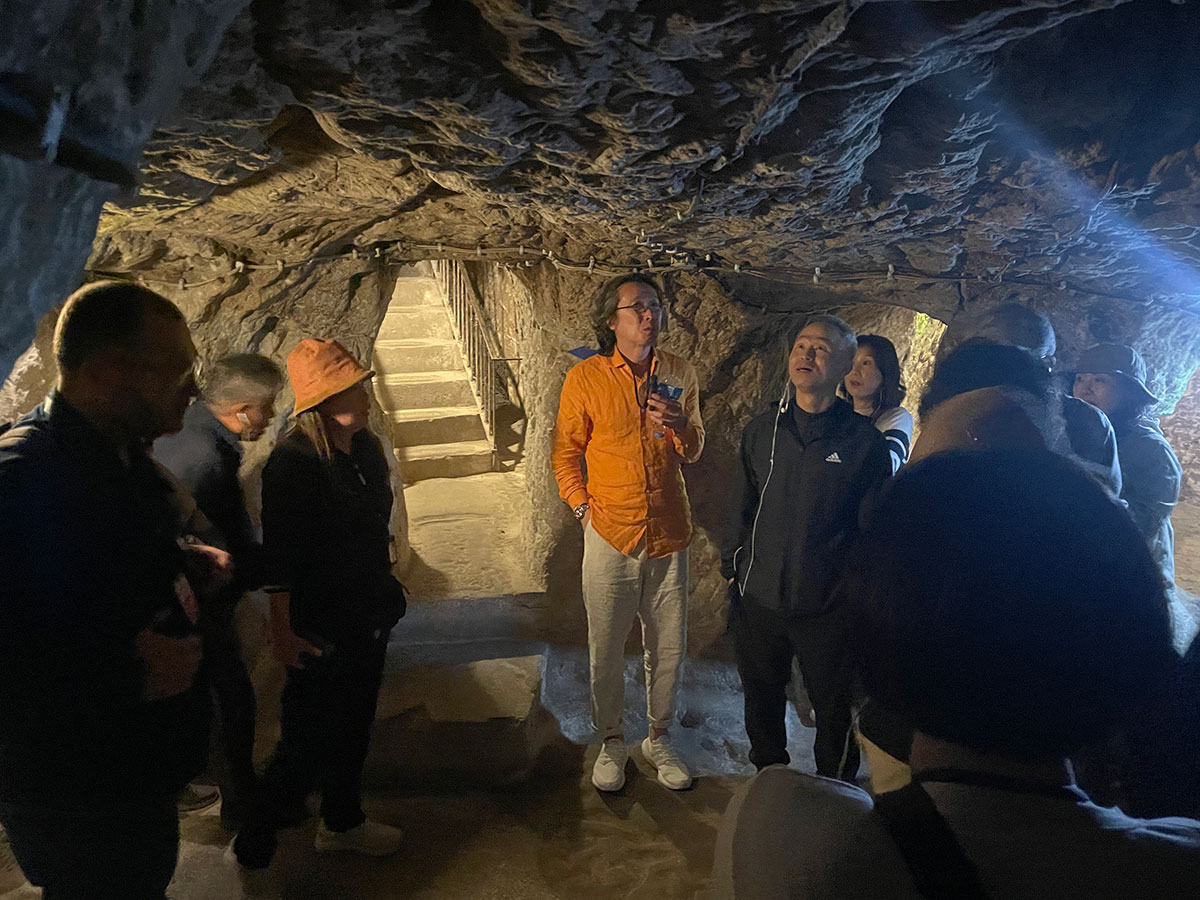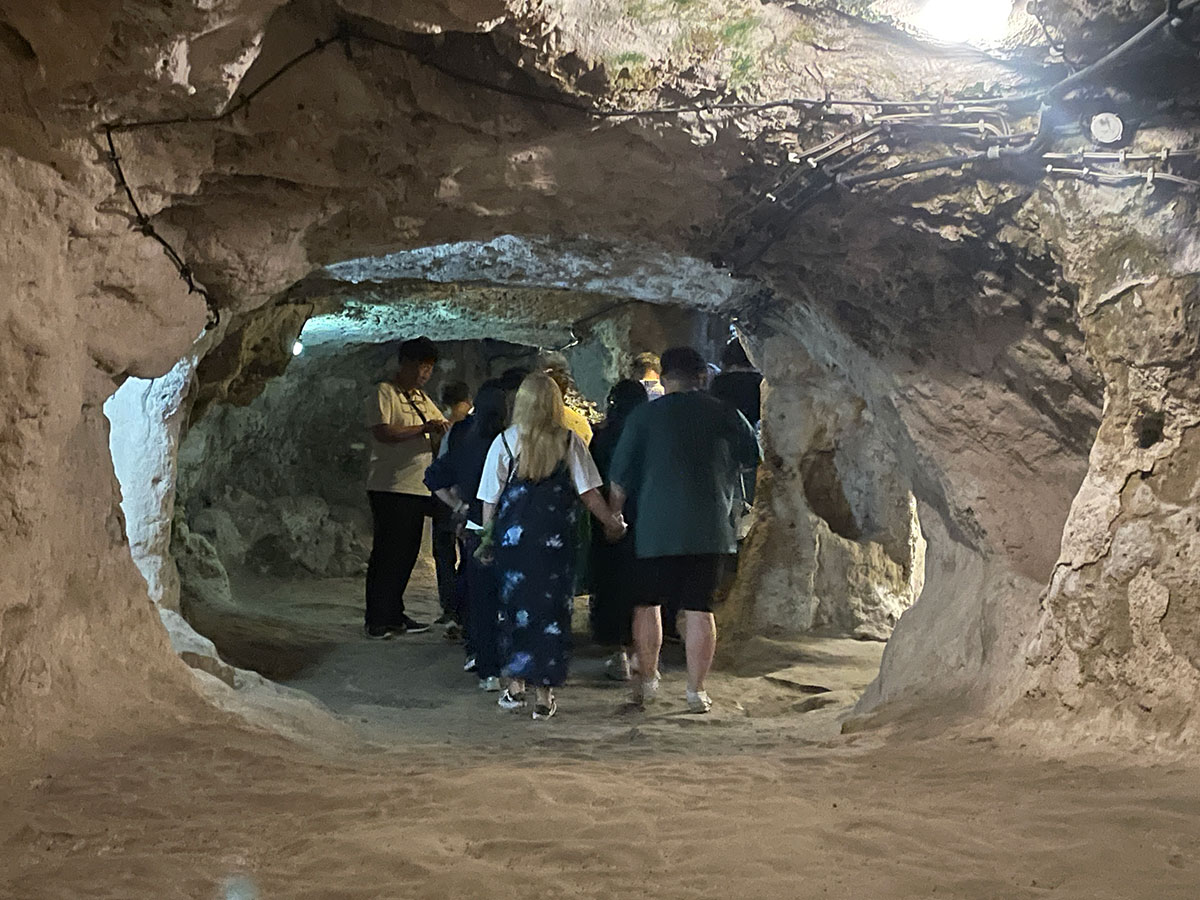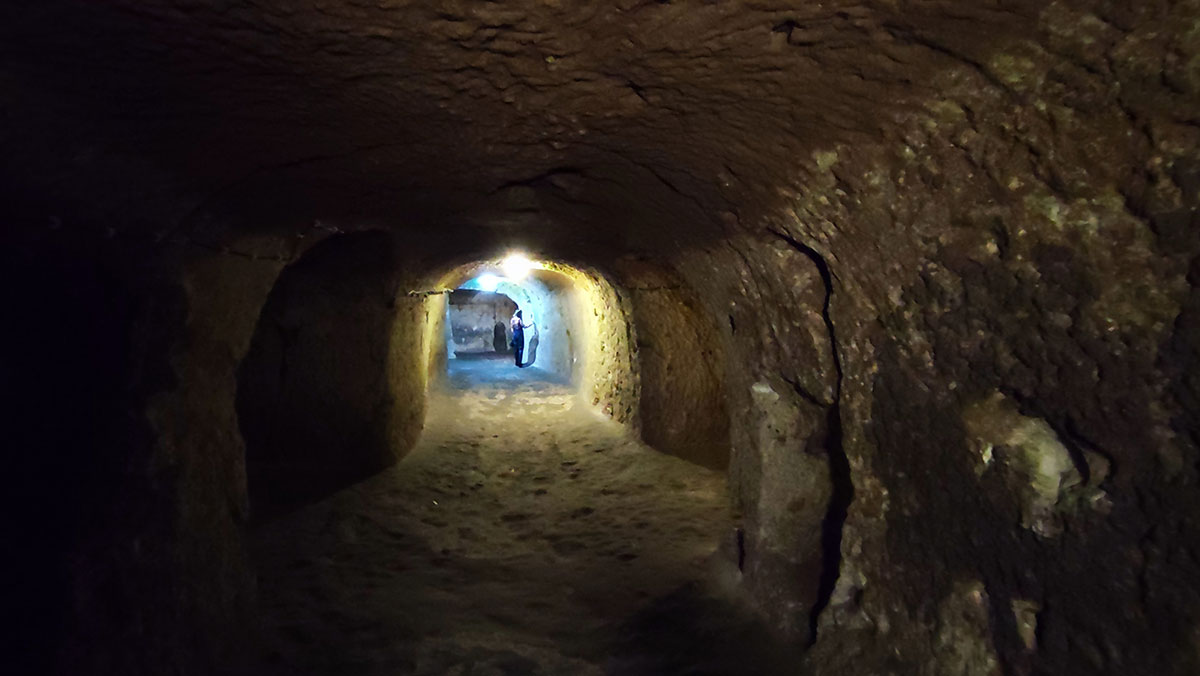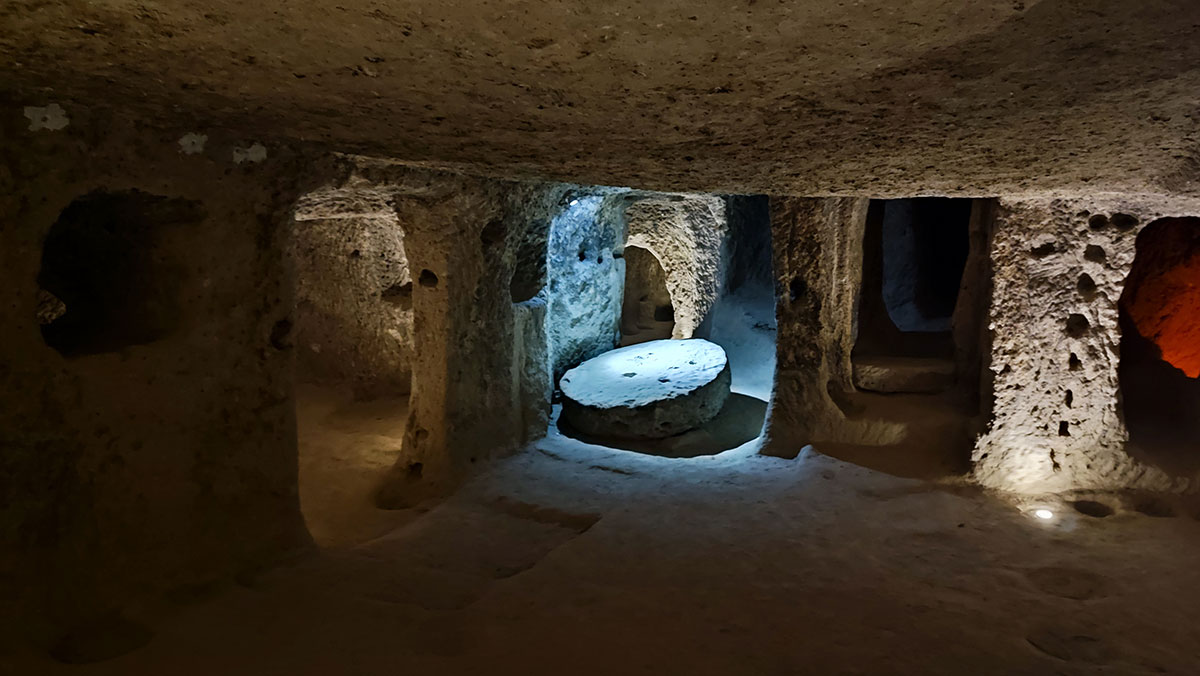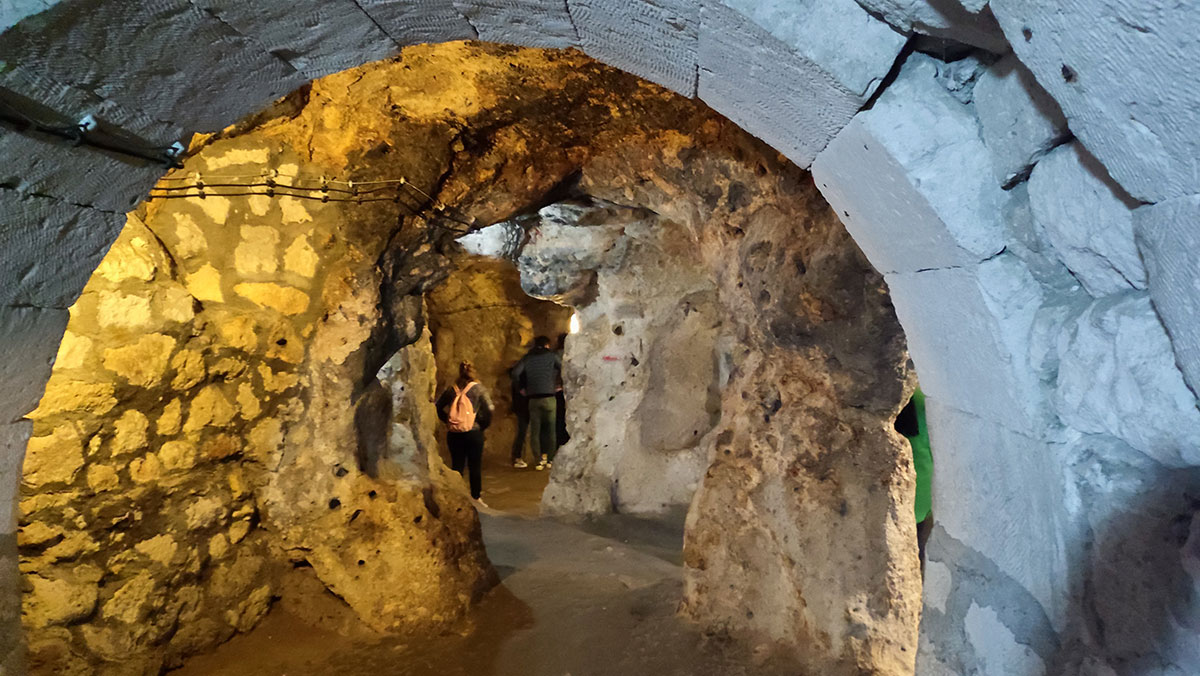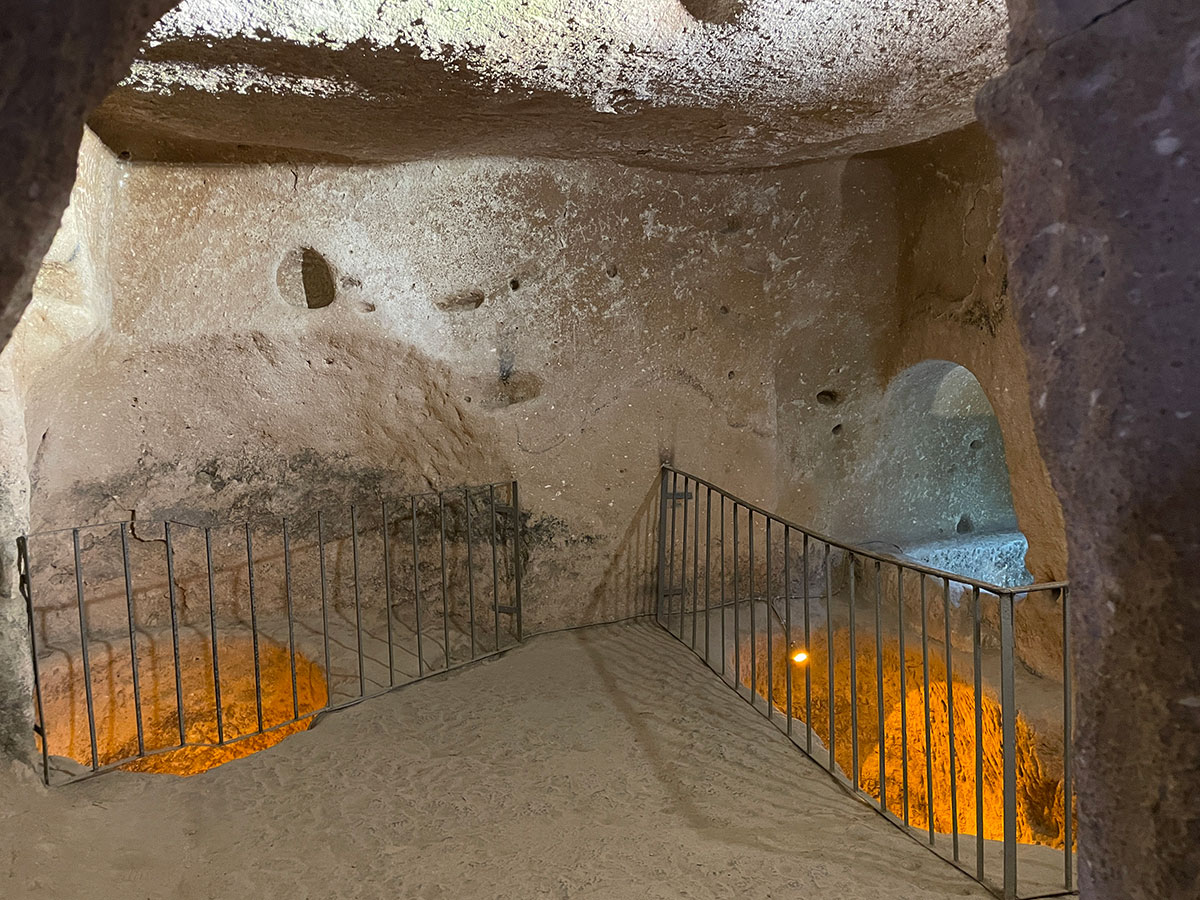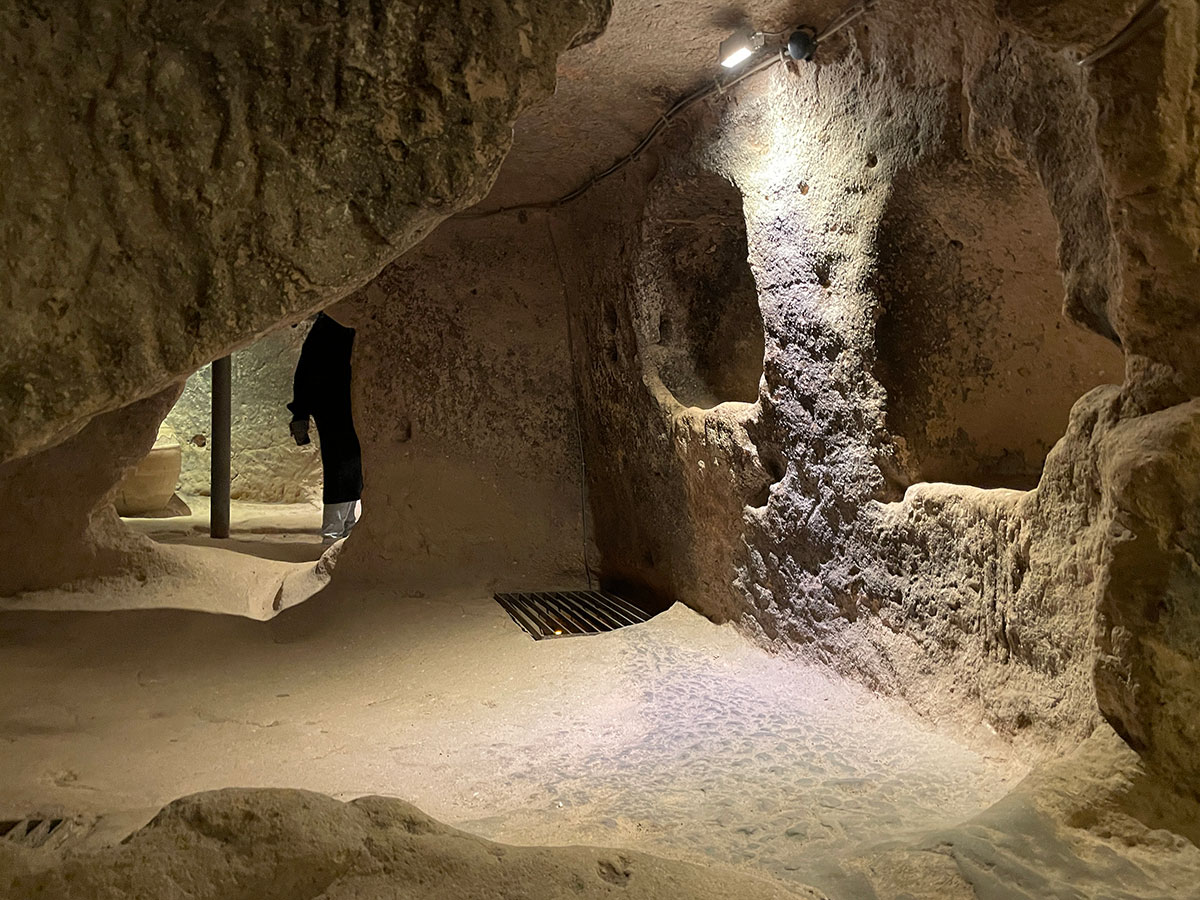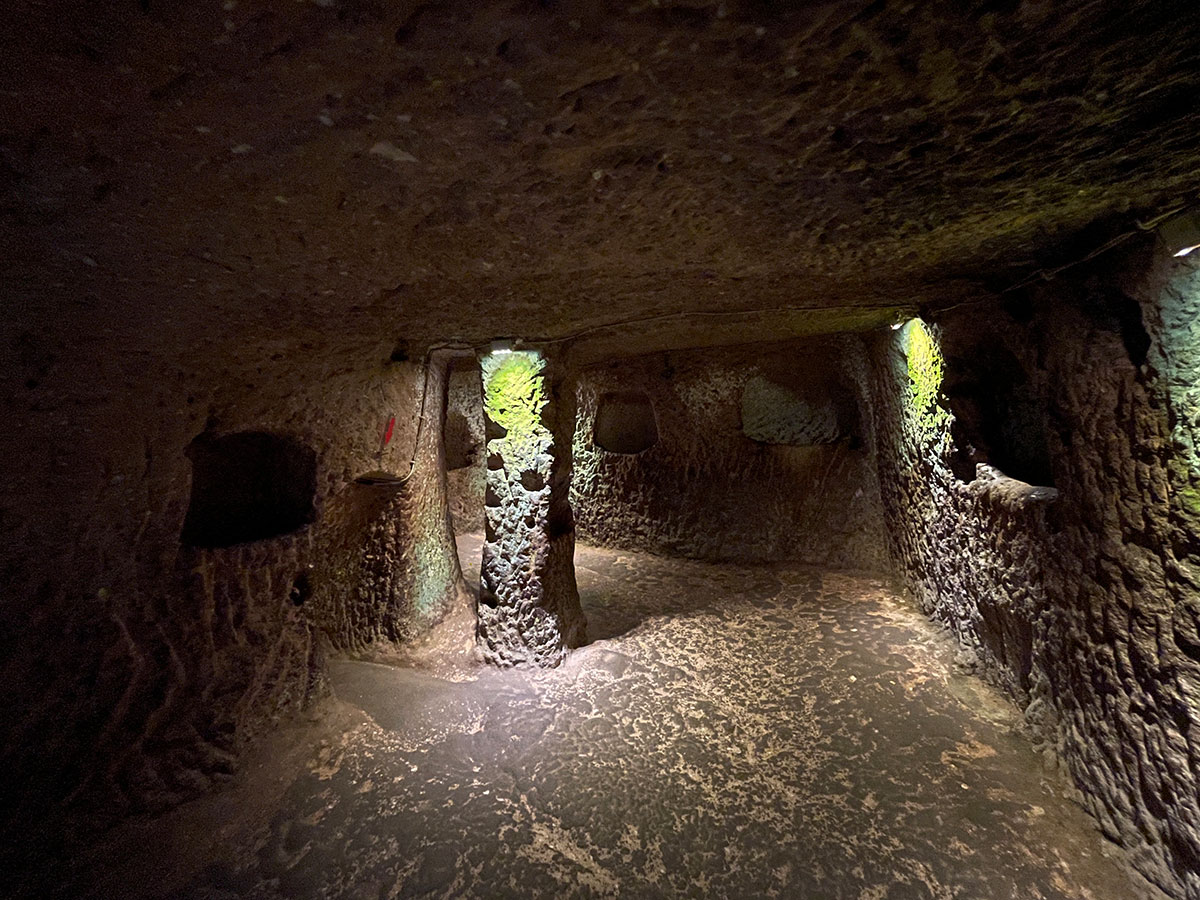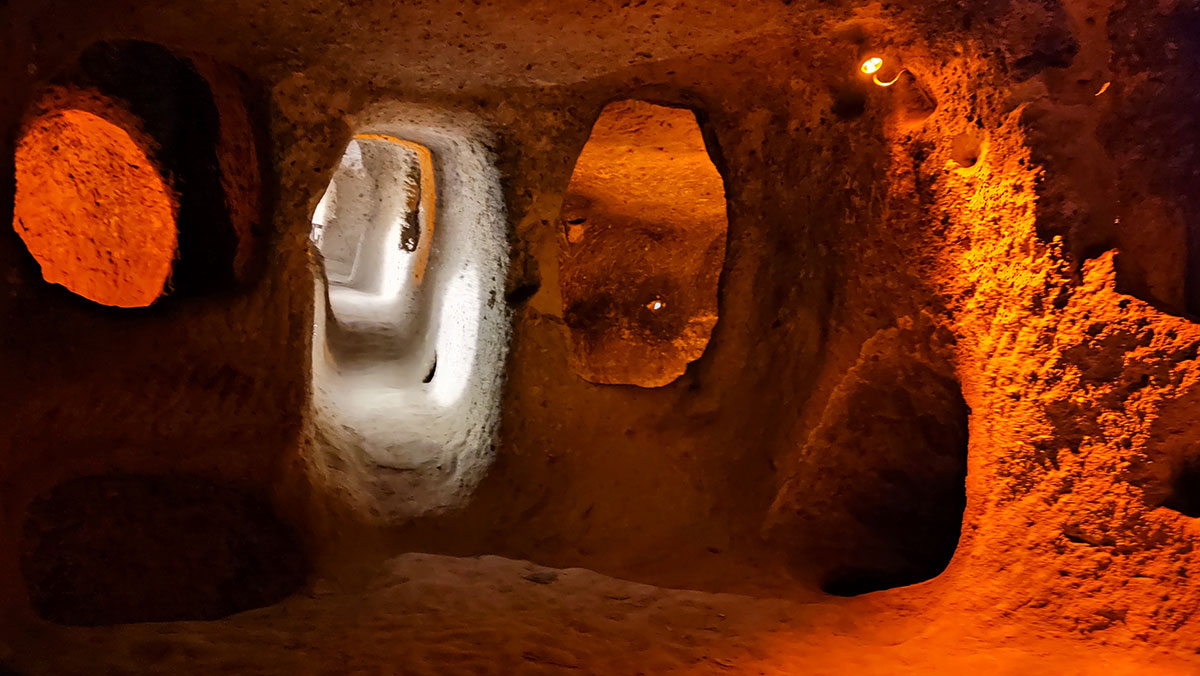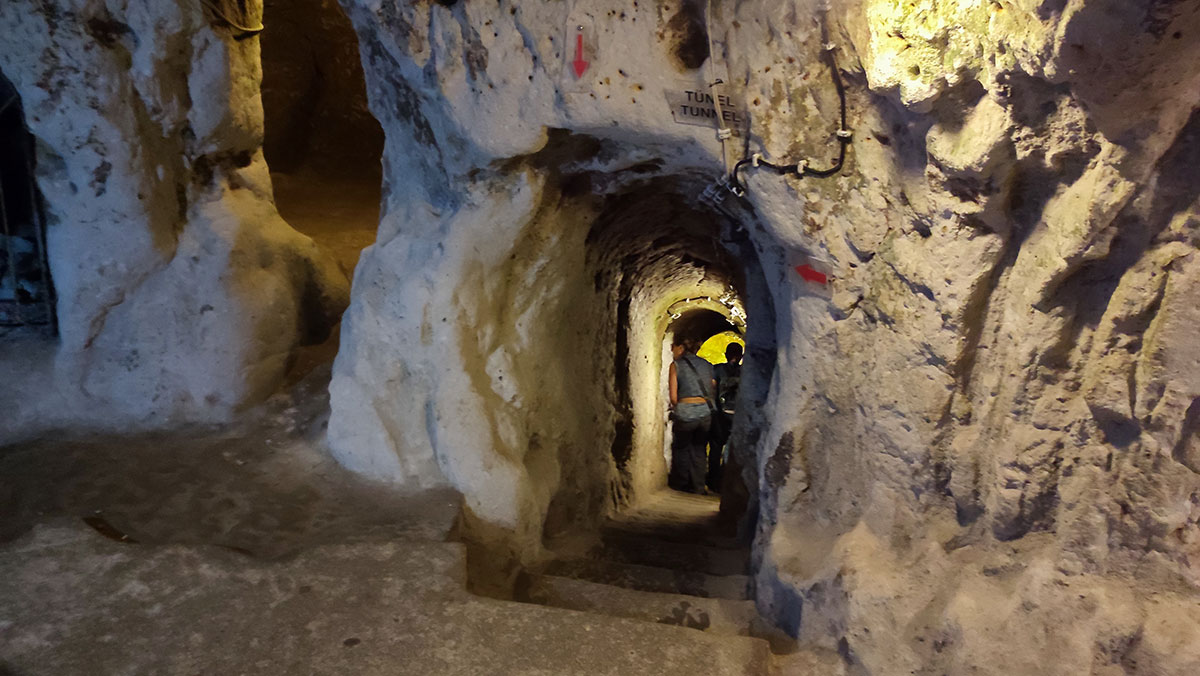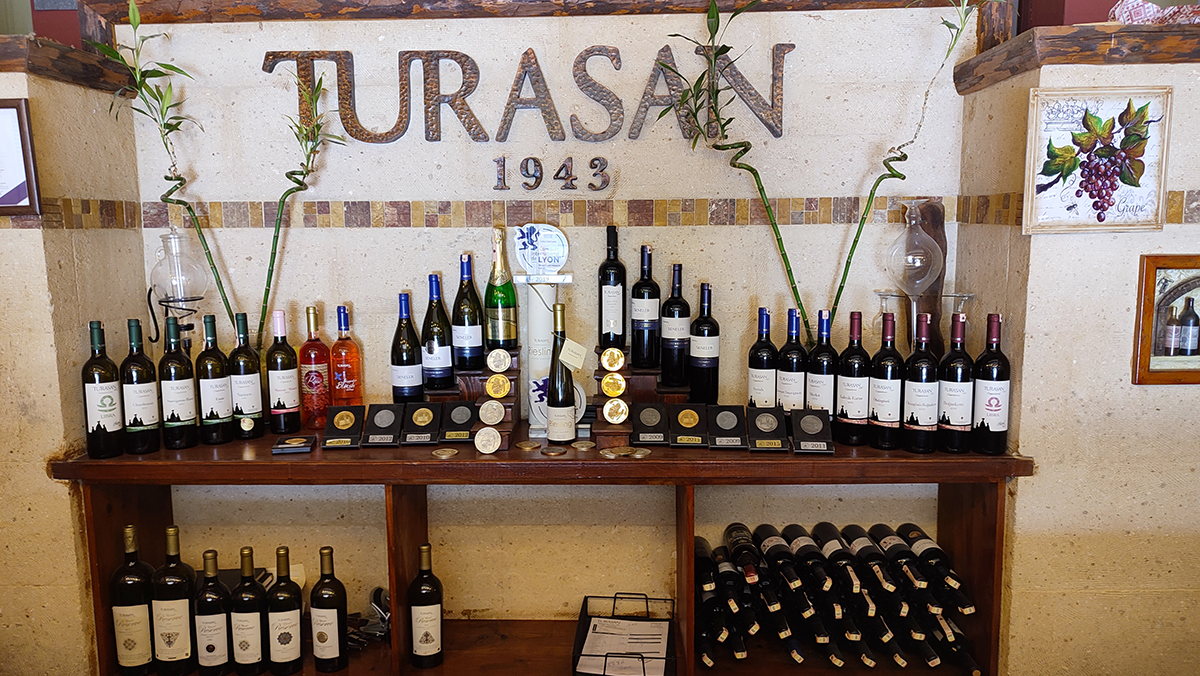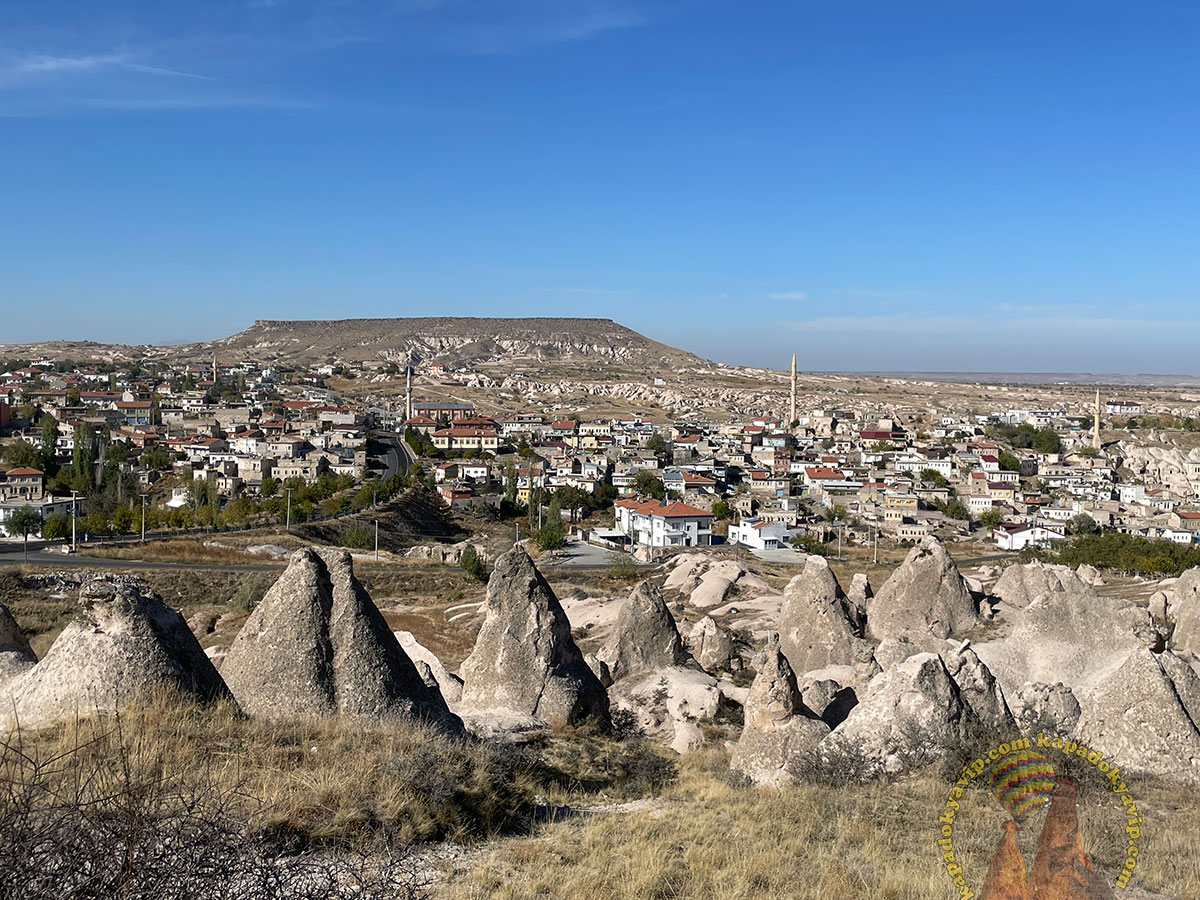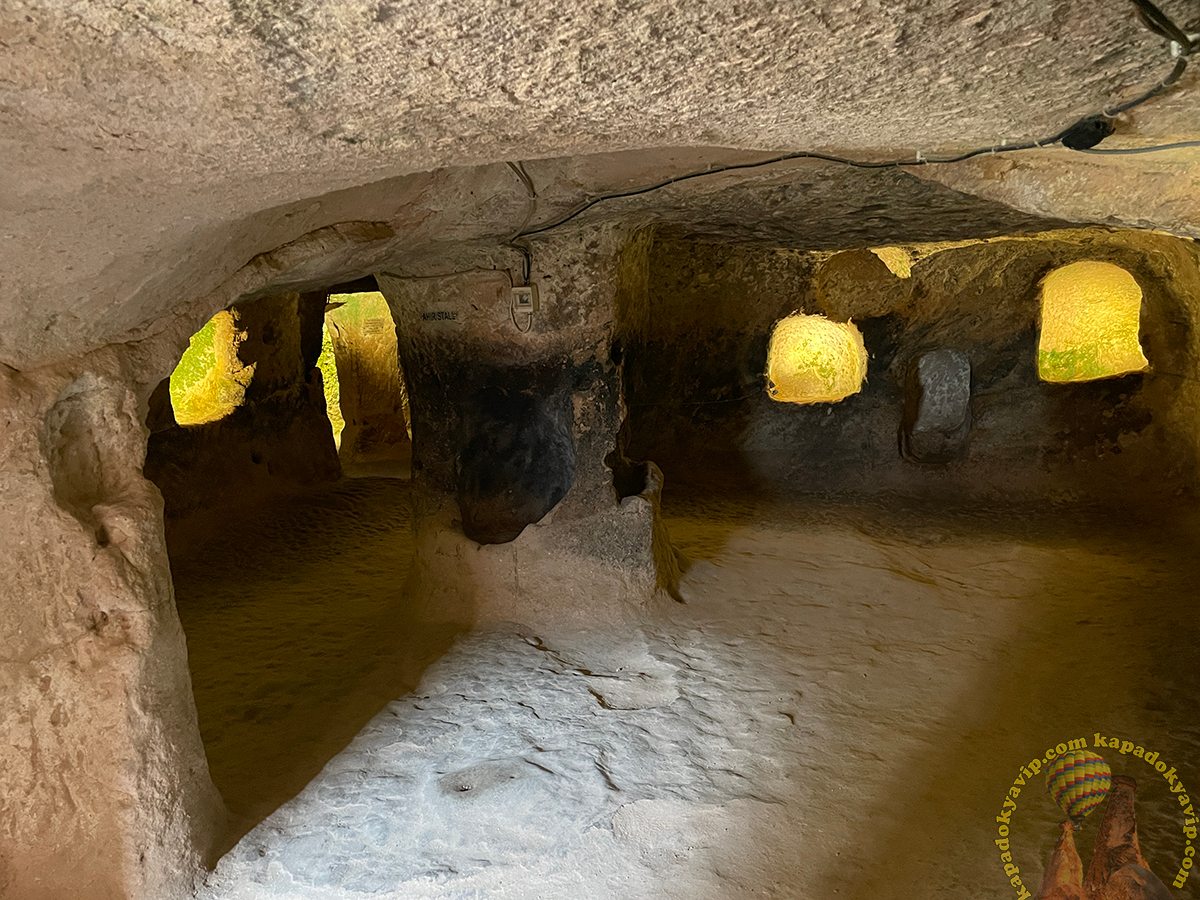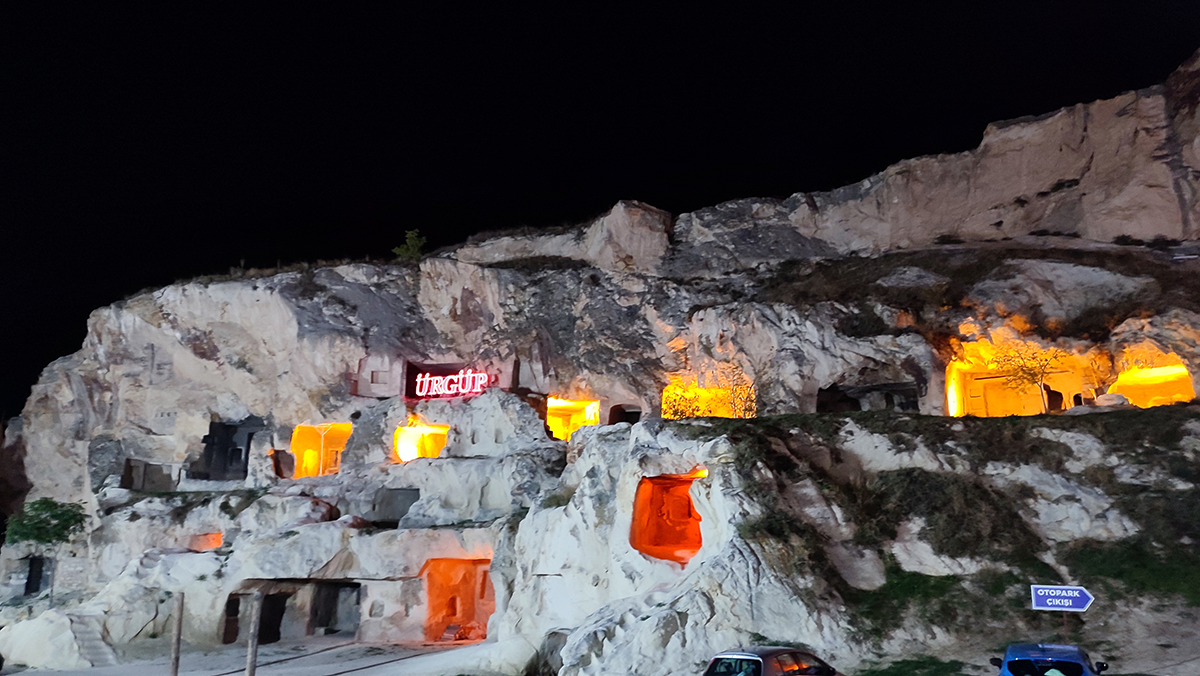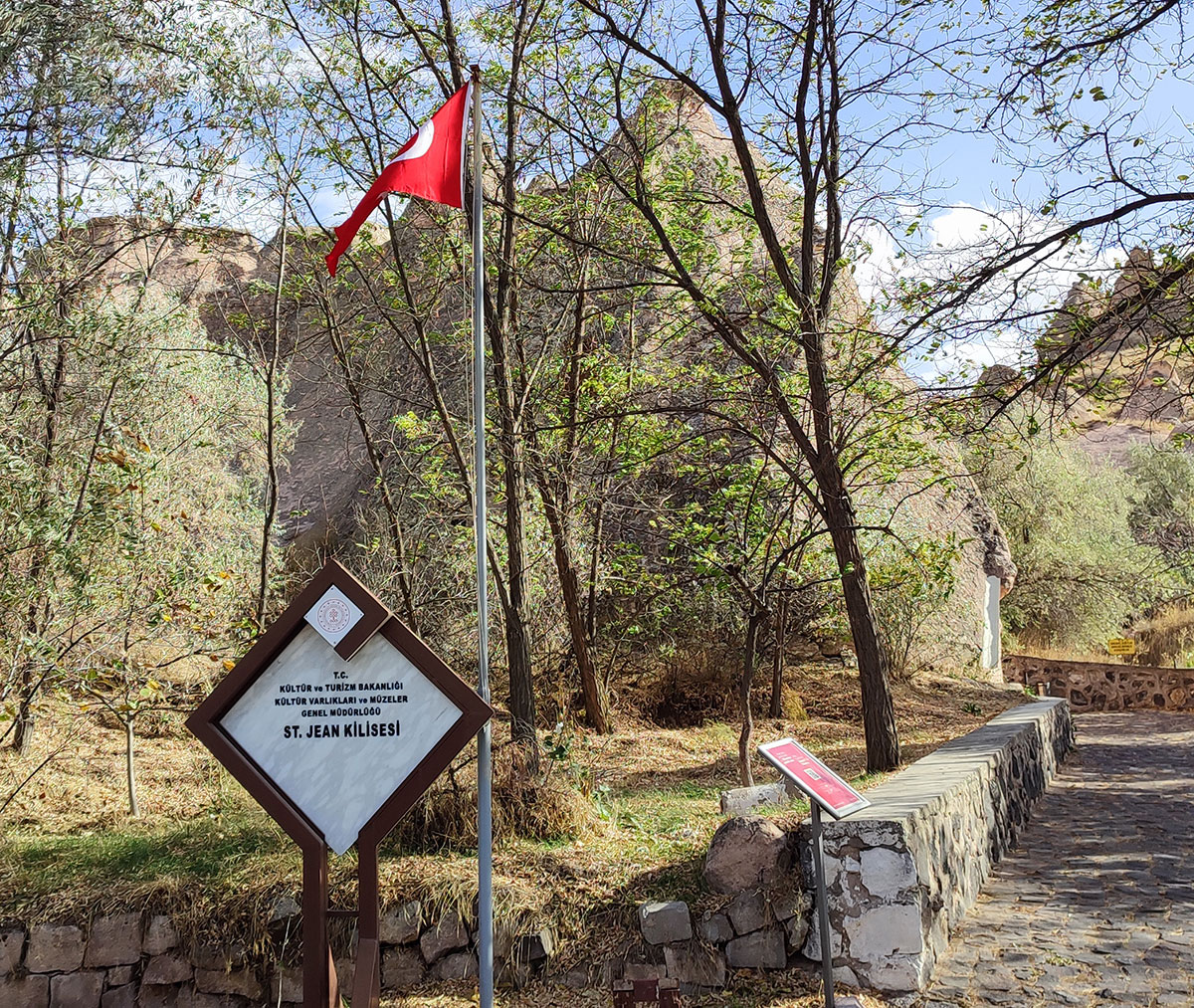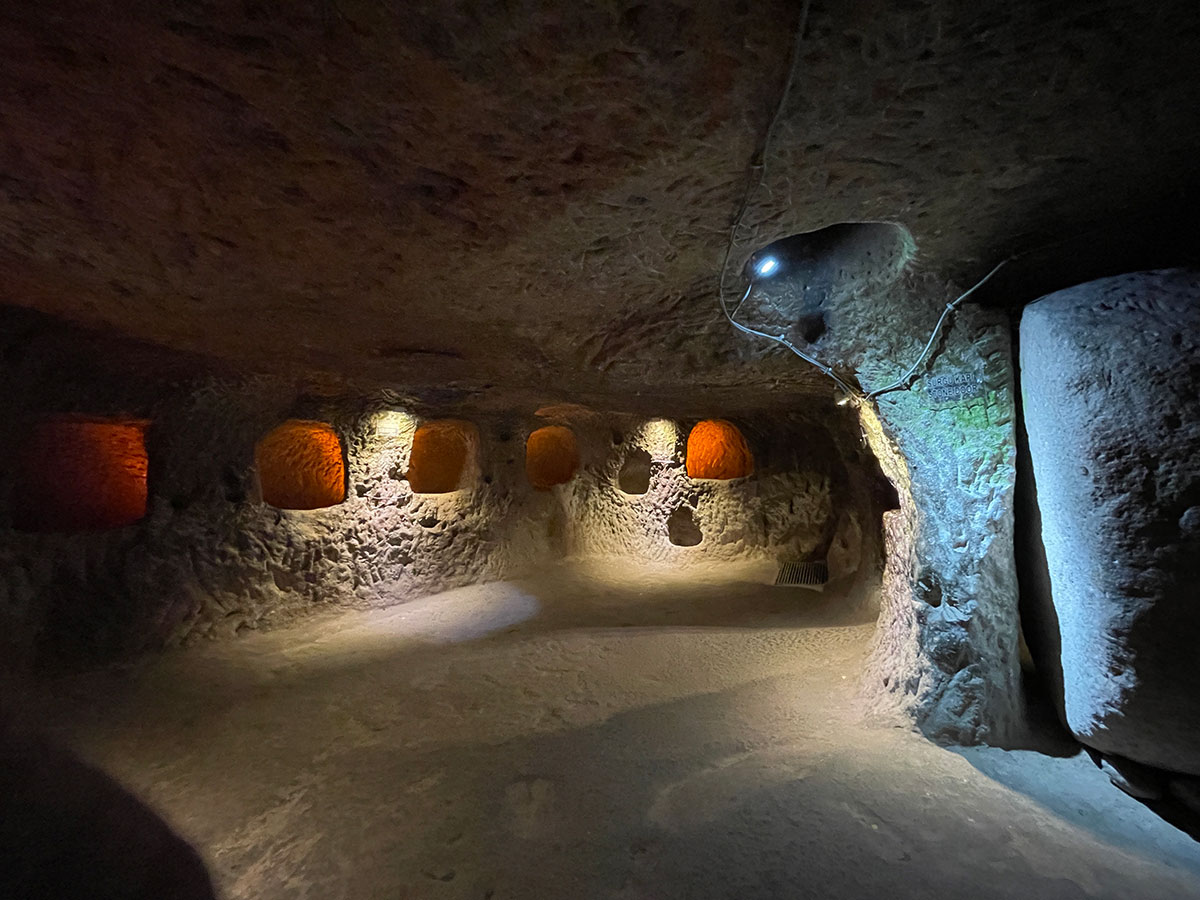
Cappadocia underground cities are mostly located in the Nevşehir province. Throughout history, Cappadocia, known for its unique geological formations, carries traces of various cultures. Underground cities were constructed in the region to protect against various attacks. These underground cities are specific to the geological formations of the Cappadocia region, making them unique and not found elsewhere. The first written records about underground cities can be traced back to the book called “Anabasis.” Cappadocia, with its underground caves and cities, is a renowned region.
There are over 200 underground cities in the Cappadocia region. The origin of these mysterious living spaces dates back to the 4th century B.C. The most in-depth research on Cappadocian underground cities was conducted by the German scholar Martin Urban. According to him, the history of these cities goes back to the 7th century B.C. The Hittites used unique defense systems for these cities, indicating an even older history. The story of Cappadocia’s underground cities varies; some were for refuge purposes, while others were temporary shelters created for protection.
You can encounter underground cities throughout almost every part of Cappadocia. The purpose of their construction has always been a topic of debate. The general consensus is that they were built by the people who frequently faced invasions during that era for defense and protection. These structures served as a temporary refuge for the people in times of need.
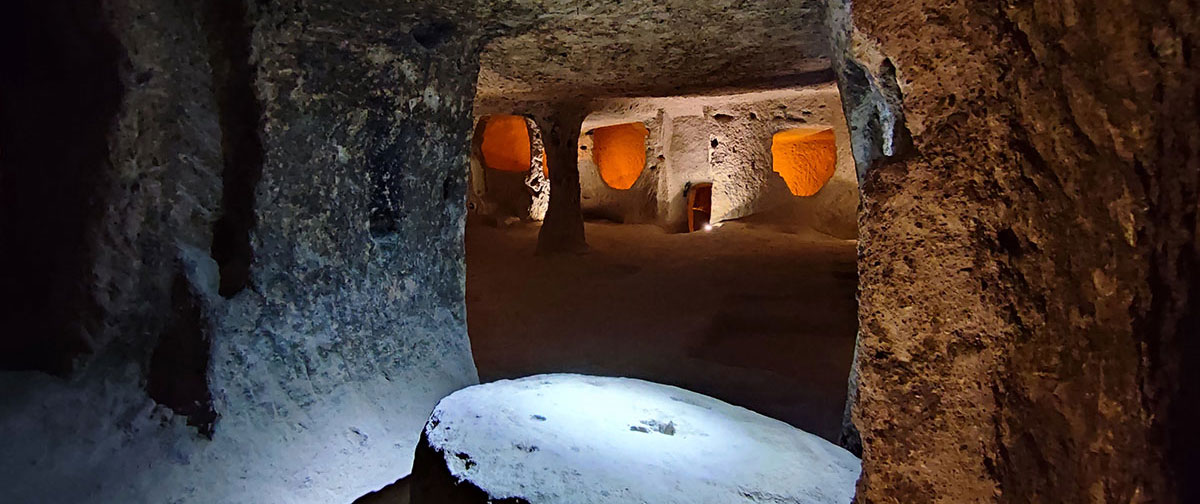
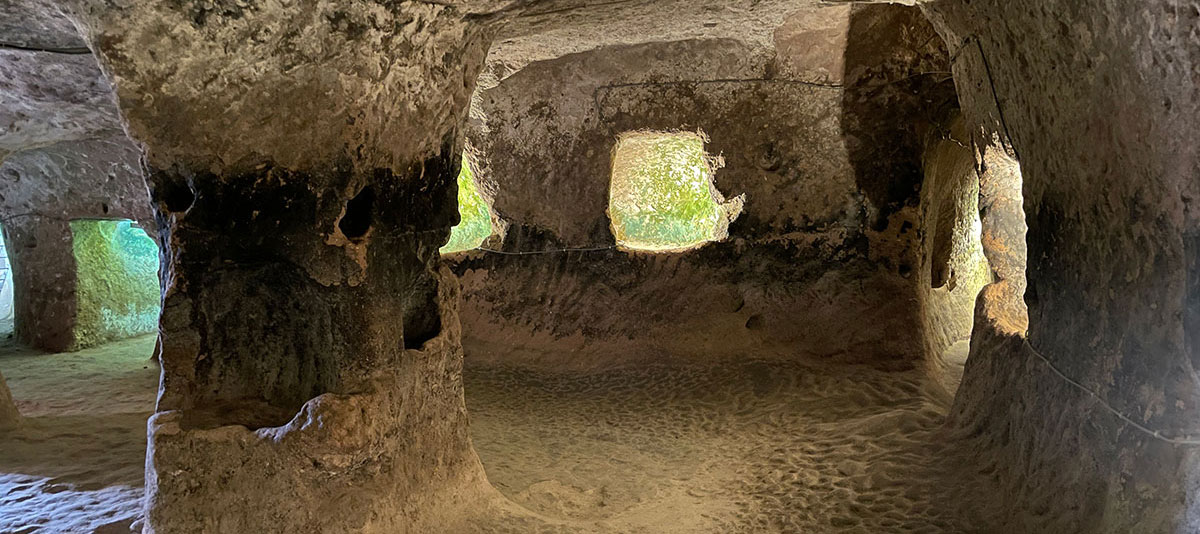
The underground city of Kaymaklı is one of the most significant among the numerous underground cities in the Cappadocia region, with around 200 cities in total. It is open to visitors and is located in the town of Kaymaklı.
The first level of the Kaymaklı underground city, like in other underground cities, was used as a stable. Since bringing animals down to lower levels would be challenging, the initial levels were designated as stables. Additionally, many corridors facilitate the transition between churches and living areas. The church has a single nave and two apses. In the front part of the apse, there is a baptismal font, and on the sides, there are platforms for sitting. The Kaymaklı underground city includes food storage rooms, kitchens, and sitting areas. The main areas are located on the third level. One of the most interesting aspects of this city is the vineyard workshops. In these workshops, andesite stone with a lava formation is commonly found. For detailed information about the Kaymaklı Underground City, you can refer to the relevant page.
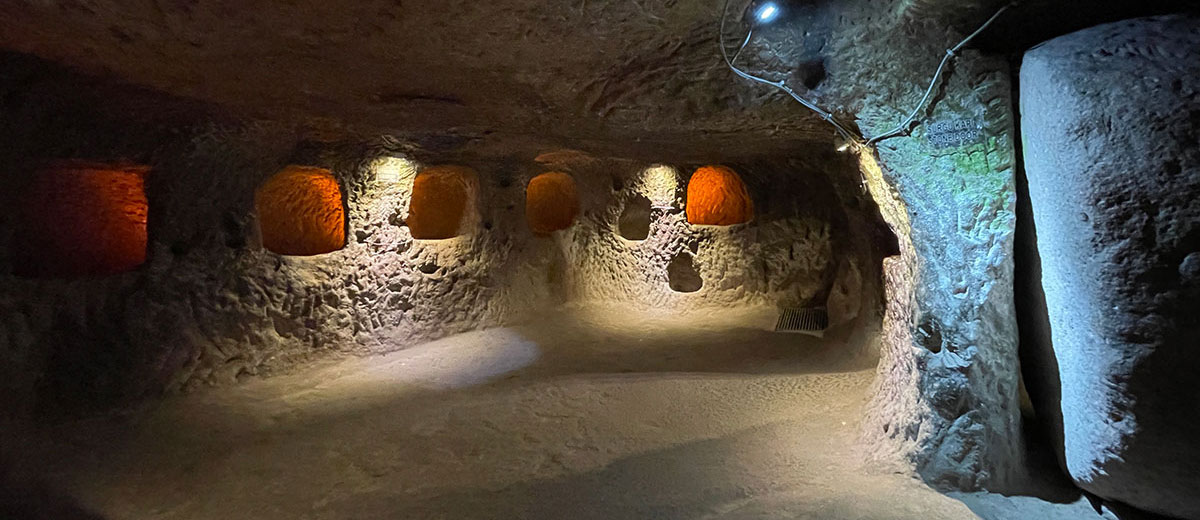
The underground city of Özkonak, located within the Cappadocia region, is situated 14 km from Avanos. It is constructed on the northern slopes of Mount Idis. It is built in places where the volcanic granite structure is quite dense with tuff layers. The galleries, spread across a wide area, are interconnected through tunnels. Unlike the underground cities of Kaymaklı and Derinkuyu, there are very narrow holes allowing communication between the floors. The rooms are uniformly carved, and when the entrances are closed, ventilation is provided through these holes. Similar to other cities, Özkonak underground city features an airshaft, water well, and a winery.
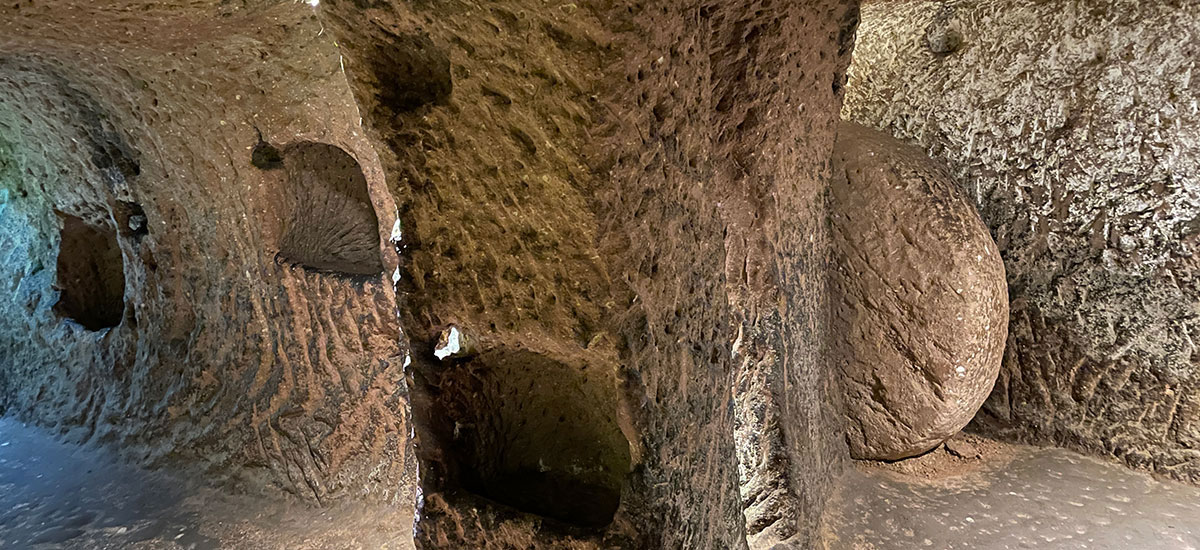
Derinkuyu underground city is the widest and deepest among the Cappadocia underground cities, making it the most significant feature. It has a total of 8 floors and reaches a depth of 85 meters. It includes living spaces, kitchens, dining halls, stables, and wineries. Additionally, it has a unique feature not found in other underground cities—a missionary school. The school has a spacious ceiling covered with a pointed vault.
Another crucial feature of Derinkuyu underground city is the ventilation shafts, which also serve as wells and extend to a depth of 55 meters. Due to the dual function, precautions were taken against the possibility of enemies poisoning the water, and the shafts were not opened to the surface. Derinkuyu underground city is open to visitors regularly.
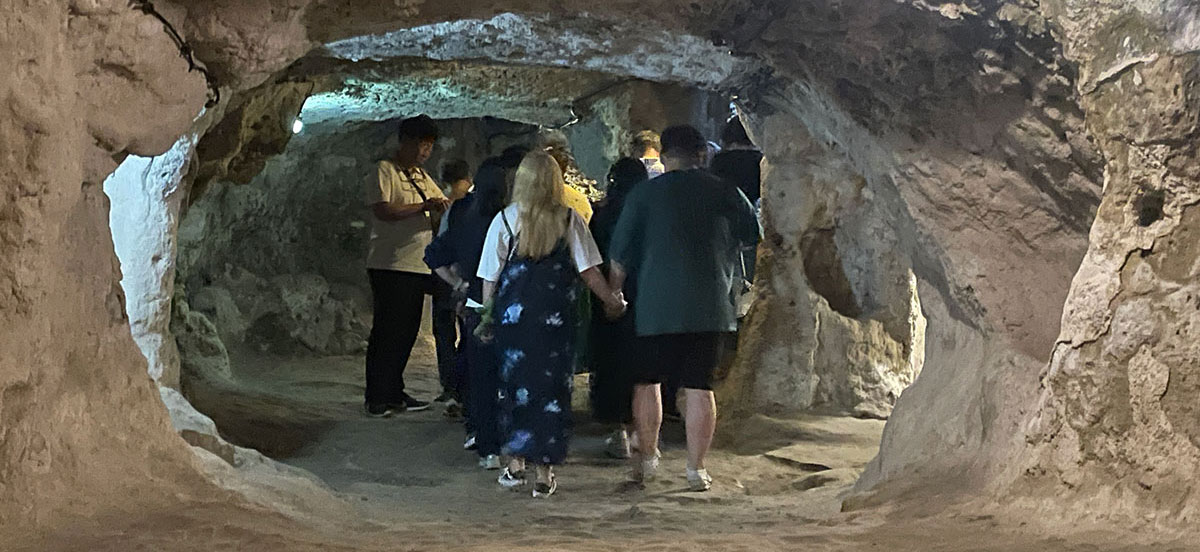
The ancient name given to this city in antiquity is Maltaza, and it is located in Ürgüp. It takes its name from the village it is situated in. In the valley where the village and the Mazı underground city are established, there are many rock tombs dating back to the Early Roman and Byzantine periods. There are four entrances from different points, and the ease of moving the sliding stones is particularly noteworthy. A mechanism has been set up to make entering almost impossible.
In the underground city, there are troughs in the middle of the stables. The number of stables is much greater compared to other cities. The abundance of animal stables and wineries suggests that this city was created for long-term use. One of the most magnificent areas is the church, accessed through short corridors opening from the stables. It has a flawless appearance with seating areas, reliefs, and attendant rooms. There are narrow and long corridors connected to each other. Due to the closure of the passages within the Mazı underground city, it is challenging to estimate how far the city extends.
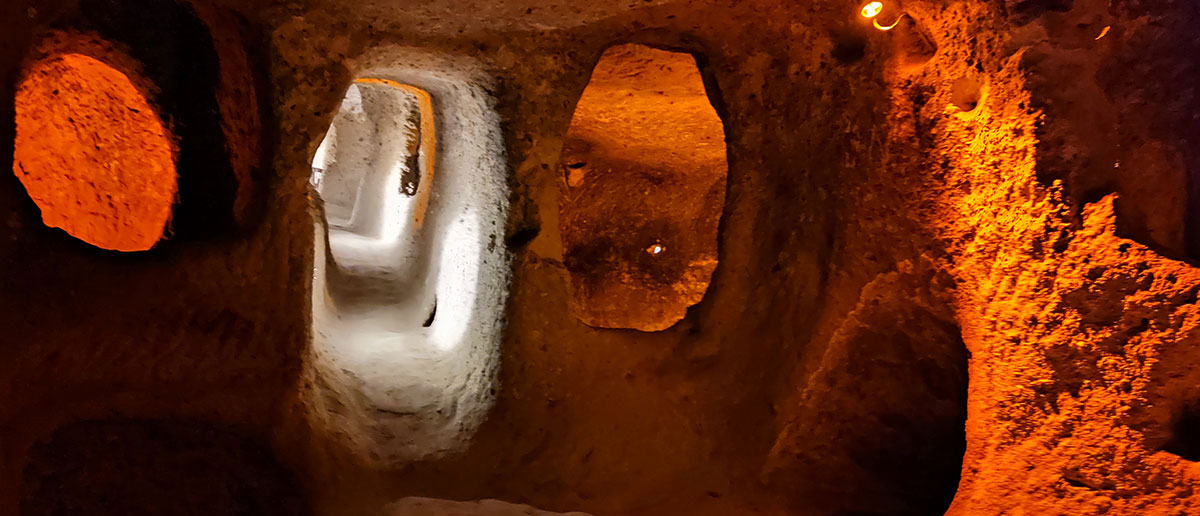
The design of the Özlüce underground city is different from other cities as it is built as a single floor instead of a multi-story system. However, this single floor is spread over a quite extensive area. The main space at the entrance forms the most extensive area of the underground city. To the right of this large area, there are food storage rooms, and to the left, there are living rooms. The galleries of the Özlüce underground city are also very long.
The underground city in Cappadocia attracts attention throughout its history with its unique structure. There are traps in its galleries, and cell-type rooms open into long galleries. The tuffs in which the underground city is carved have different colors. At the entrance, arched sections made of basalt reach the main tuff rock with a 15-meter-long passage. It has a sliding stone with a diameter of approximately 2 meters.
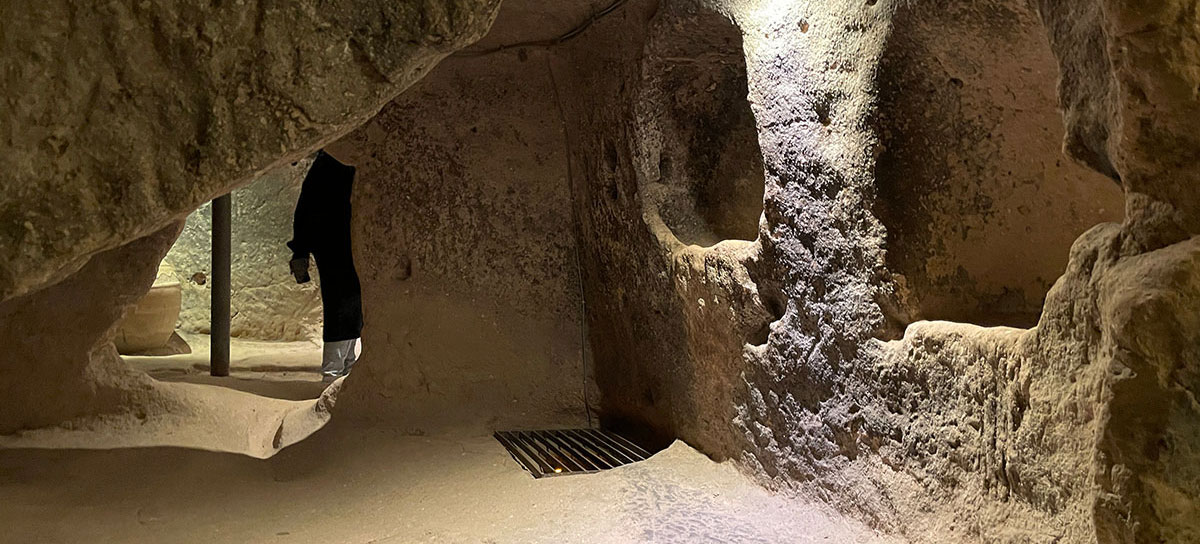
The underground city of Tatlar was first discovered in 1975 and opened for visits in 1991 with its two floors. It is located in the Acıgöl district of Nevşehir. It shows similarities with the Mazı Underground City, featuring tunnels and passages, large halls, and arched spaces made of basalt. Carved rock chambers are also present. The underground city has had a total of three entrances so far. There is an entrance gate with high stones on both sides, and it is protected by a horizontal stone.
The underground city has a church, but its structure has been poorly preserved over time. Tatlar has larger spaces compared to other underground cities, and it has a higher number of churches. Therefore, Tatlar is presumed to be more of a military area or monastery than a civilian settlement. The original entrance of the underground city is collapsed, and there is an entrance of about 15 meters long. The main chamber, referred to by the locals as a dungeon, contains three skeletons. On the right side of this main chamber, there is a kitchen. All areas are connected by narrow corridors.
The underground city beneath Nevşehir Castle in the center of Nevşehir is a very large underground city that has been discovered. Due to its recent discovery, the excavation work is still in progress. The underground city has been partially opened for visits to certain areas. For detailed information about the underground city, you can follow our topic on Nevşehir Kayaşehir Underground City.
Cappadocia Underground Cities to Visit List
- 1- Özkonak Yeraltı Şehri
- 2- Tatlarin Yeraltı Şehri
- 3- Özlüce Yeraltı Şehr
- 4- Kaymakli Underground City
- 5- Thuja Underground City
- 6- Derinkuyu Underground City
Cappadocia is a region rich in underground cities. It is believed that there are more than 200 underground cities in this area. Many of these underground cities are open to visit as part of the Cappadocia Underground Museum. Visitors can explore many of these cities within the region. There are various theories about the reasons for building underground cities, but the prevailing view is that they were constructed by the local people to protect themselves from attacks. These cities were built to provide shelter and protection against potential invasions during the times they were inhabited.
The entrance fees for Cappadocia underground cities can vary. The Museum Pass may be valid for visits to underground cities, as each city may have different fees, and the Museum Pass is generally accepted at these sites.
The largest underground city in the world is Derinkuyu Underground City, located in Cappadocia. It is believed to have a total depth of 85 meters, and its capacity is considered sufficient for about 20,000 people.
Another legend about the underground city suggests that it could be a complex formed by connecting the tunnels of small underground cities in the region.
Since most of the underground cities in the region, especially Derinkuyu, were built in very old years, it is not known exactly by whom. Researches suggest that the underground city was first used during the Hittites period. After Christ; It hosted Christians who wanted to be protected from Arab raids.
Currently, 8 floors of the underground city are used. If access to more floors is provided, it is possible to understand by whom and in which period the building was built by accessing different evidences in these sections.
The world’s largest underground city is Derinkuyu Underground City in Cappadocia. He thinks that the total depth of the building is 85 square meters. Its capacity is; enough for about 20,000 people.
Another rumor about the underground city that opens to the earth with a total of 18 tunnels; It may be a complex formed as a result of connecting the small underground cities in the region with tunnels.
https://en.wikipedia.org/wiki/Derinkuyu_underground_city
Cappadocia Underground Cities
Cappadocia Underground Cities Photos
